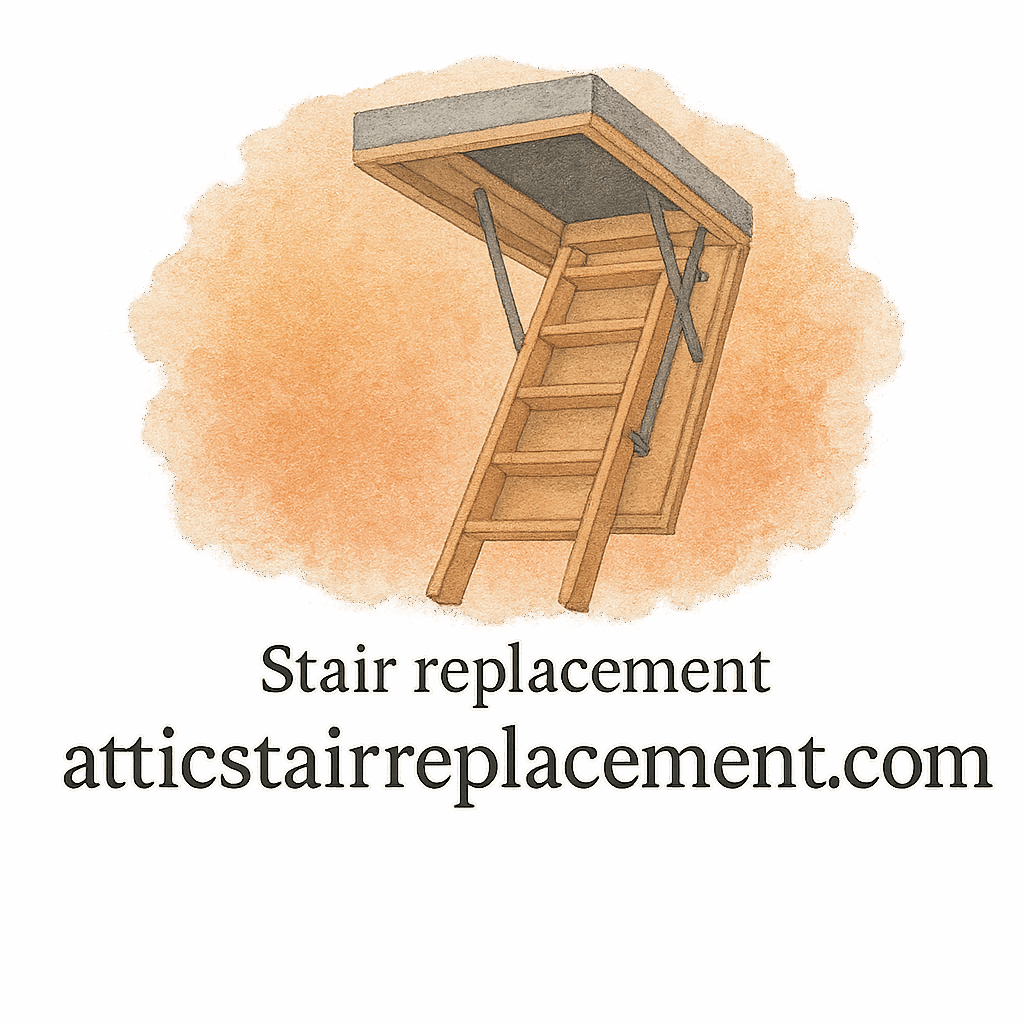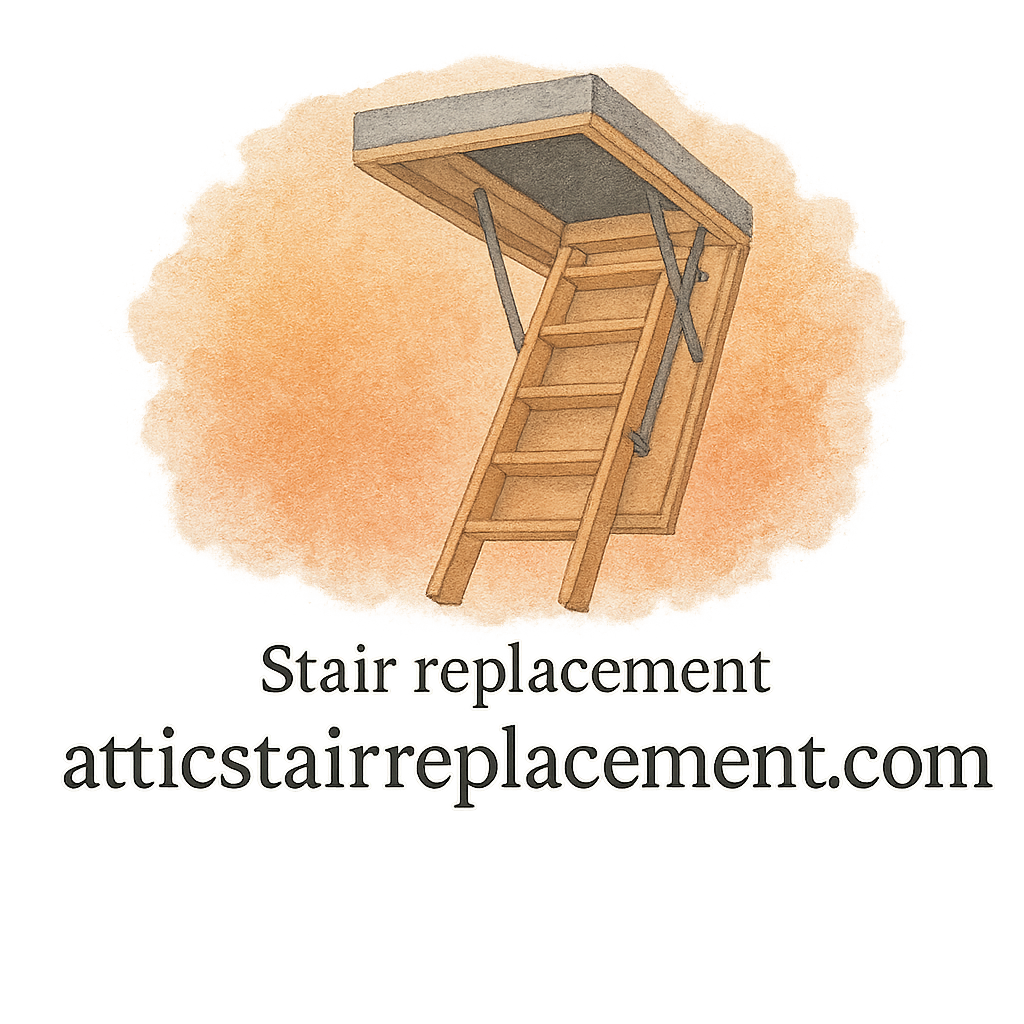Introduction: Why Attic Stairs Matter More Than You Think
Let’s be real — attic stairs are often out of sight, out of mind. But when they fail? You’ll definitely notice. These fold-out marvels provide essential access to your attic, but they’re also under constant pressure. Damage sneaks in slowly and, if ignored, will cost you big time.
Understanding the common causes of attic stair damage can save you from unexpected accidents, repairs, or even full replacements. Whether you’re a weekend DIY warrior or a homeowner doing your research, this guide will walk you through it all — no fluff.
1. Wear and Tear from Frequent Use
Signs of Overuse You Shouldn’t Ignore
Like anything mechanical, the more you use it, the quicker it wears down. Hinges start to creak, screws loosen, and steps wobble. These aren’t just minor annoyances—they’re warning signs.
If you feel a jolt or hesitation when climbing or descending, take that as your cue to inspect things. Catching the problem early could save you from a full attic stair replacement.
How Long Should Attic Stairs Last?
Typically, attic stairs should last 10 to 15 years. But if you’re in and out of the attic weekly for storage or home projects, that lifespan can shrink fast. Keep a close eye on components like springs and fasteners.
Check out our DIY Installation guide if you’re already thinking ahead to a possible replacement.
2. Moisture Damage and Humidity Issues
The Enemy of Wood: Rot and Mold
Moisture is sneaky. Even a slightly damp attic can slowly degrade wood stairs. You’ll first notice warping, then discoloration, and finally that soft, almost spongy feel when you step down.
Rot, mildew, and even rusted hinges can become a structural nightmare. If this sounds familiar, it’s time to visit our Maintenance & Repair page.

Protecting Against Moisture Intrusion
Proper insulation, attic ventilation, and sealing gaps go a long way. If your attic feels like a sauna or a freezer, you’re inviting problems.
We’ve covered preventative strategies in our expert advice section. Moisture-related stair failure is one of the biggest causes for replacement.
3. Improper Installation
DIY Gone Wrong
We get it — DIY is rewarding. But attic stairs are not the place to wing it. Misalignment, weak anchoring, or skipping safety features can drastically reduce stair lifespan (and safety).
Explore our DIY category to ensure you’re doing things by the book.
Why Professional Installation Matters
Professional installers understand weight distribution, clearance, and reinforcement. Improperly installed stairs often lead to squeaks, shakes, and early breakage.
That’s why hiring a contractor may be the smarter choice, especially for heavy-use households.
4. Heavy Loads and Overcapacity
The Risks of Exceeding Weight Limits
Every attic ladder has a weight rating. Exceeding it by even 10-20 pounds can stress the joints and degrade materials. Think: carrying up boxes full of books or dragging furniture up for storage.
Choosing Heavy-Duty Attic Stairs
If your attic use involves heavy lifting, invest in a heavy-duty stair model. It’ll save you time, injuries, and money in the long run.
A helpful product review can guide you to durable options that won’t buckle under pressure.
5. Pest Infestation
How Rodents and Insects Wreak Havoc
Unwanted attic guests like rats or termites don’t just ruin insulation—they chew through wood stairs, weakening them from the inside out. It’s a silent destroyer.
Find tips under the prevent tag to spot signs early and take action.
Preventing Pest-Related Stair Damage
Keep food and clutter out of the attic, seal up entry points, and use repellents or traps as needed. Regular inspections go a long way in preserving stair integrity.
6. Neglected Maintenance
Little Problems That Turn Big
What starts as a tiny screw coming loose can end with a stair collapsing mid-climb. Creaks, cracks, and shifting wood aren’t normal. Ignoring these issues is like ignoring a check engine light.
Explore the maintenance tag to learn how to catch these issues before they cost you.
Maintenance Tips That Save Money
Tighten bolts monthly, check spring tension, lubricate hinges, and repaint wood as needed to fight humidity. A 15-minute check-up can delay a costly replacement by years.
7. Low-Quality Materials
You Get What You Pay For
Cheap attic stairs may look like a bargain, but they come with hidden costs—early breakage, squeaking, and even safety risks.
If your stairs came with your house and they’re a no-name brand, you may already be using something below standard. Look for signs like cracking, splintering, or weak rungs.
Signs Your Attic Stairs Are Cheap and Weak
Look out for staples instead of screws, low-grade wood, thin metal, or plastic parts. Quality matters, especially when safety is at stake. For recommendations, check out our attic stair product reviews.
When Is It Time to Replace Attic Stairs?
Warning Signs of Imminent Failure
- Noticeable sagging or bouncing when stepped on
- Hinges pulling out of the frame
- Sticking or jamming during opening/closing
- Cracks or breaks in steps
If you’re ticking off multiple boxes here, it’s time for a replacement. Don’t delay—safety first.
DIY or Hire a Pro? What to Consider
Going the DIY route can save money, but if the damage stems from improper fitting or structural issues, a contractor might be your safest bet.
The Real Cost of Not Replacing Damaged Attic Stairs
What seems like a money-saving delay can cost you far more. We’re talking:
- Potential injuries
- Water damage from a compromised seal
- Reduced home value
- Legal liability for guests who get hurt
When you delay, you pay. Check out our home improvement hub to plan your next steps wisely.
Conclusion: Stay Ahead of the Damage
Your attic stairs might not be the flashiest part of your home, but they’re essential. Don’t let these seven common causes of damage catch you off guard. A little attention now saves a whole lot of trouble later.
Whether you’re tightening a bolt or planning a full attic stair replacement, being proactive is the smartest move you can make. Keep safety, function, and longevity top of mind — your future self (and your back) will thank you.
FAQs
1. How often should attic stairs be replaced?
Most last 10–15 years with regular maintenance, but heavy use or poor materials may shorten that to 5–8 years.
2. Can I replace attic stairs myself?
Yes, with the right tools and knowledge. Visit our DIY installation guide to get started safely.
3. What weight limit should I look for?
Go for 300 lbs or more if you plan to carry heavy items. Heavy-duty stairs are worth the extra investment.
4. Are metal or wood attic stairs better?
Metal offers more durability and moisture resistance. Wood is lighter and cheaper but needs more upkeep.
5. Can attic stairs be repaired instead of replaced?
Sometimes! Minor issues like loose hinges can be fixed. But major problems often require full replacement—learn more in our maintenance & repair section.
6. Do attic stairs add value to my home?
Absolutely. Functional, safe attic access is a selling point for many buyers.
7. What are the hidden costs of low-quality attic stairs?
Think early replacements, injury risks, and damage to stored items. Check out our article on hidden costs for more insight.


